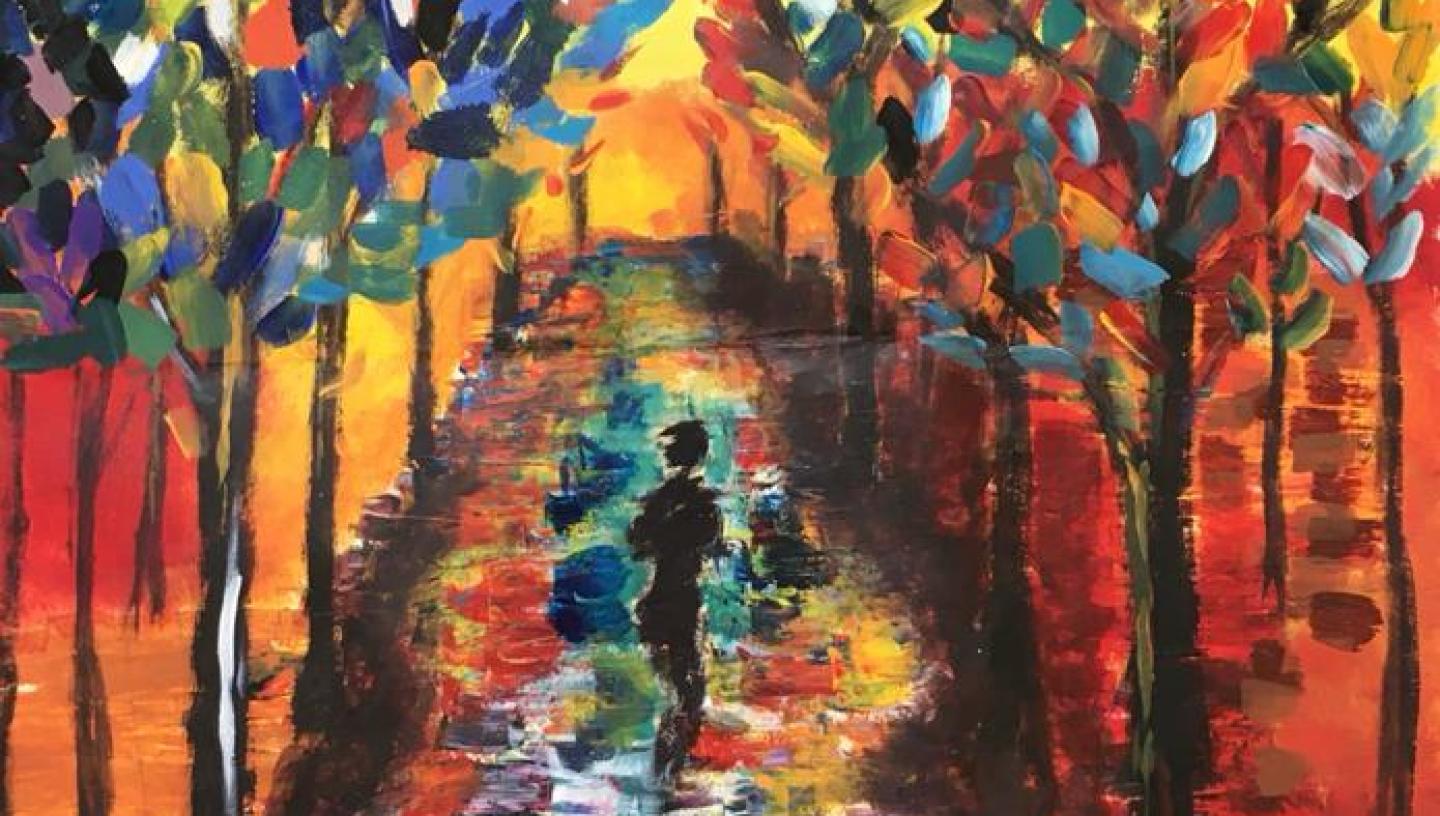
Essential Information
| Location | |
|---|---|
| Key Stage | Key Stage 3, Key Stage 4, GCSE, Post-16 |
| School Subject | Art, Design & technology, Drama, History, Literacy |
| Resource Type | Lesson plans |
What was the project?
Over four weeks the National Maritime Museum and Queen’s House Collections acted as inspiration for theatre and drama students taking part in the Know Your Worth programme at Lewisham College.
The students took part in digital workshops that challenged them to use their theatrical skills to think critically, be creative, and connected with and express fresh perspectives on our past.
The students’ final challenge was to creatively respond to the Museum and its collections. This case study outlines the approach the students followed week by week and showcases their work. If you want to use our collections as a stimulus for creative work in the classroom, email learning@rmg.co.uk with the subject line 'Museum as Muse'.
View the students' work inspired by our collections.
Collaborating with Know Your Worth programme and Lewisham College
The Learning team worked in partnership with Know Your Worth and Lewisham College to plan a four-week digital project (Museum as Muse) that would act as a stepping stone between theatre and heritage sites.
The project's core objective was to make the Museum’s collections relevant and accessible to students who may never have been to a museum or gallery and were unlikely to do so. The aim of the project was to make the National Maritime Museum and Queen’s House Collections truly accessible and highlight potential career routes for young people in the cultural sector.
Week one
Using the iconic Elizabeth I, the Armada Portrait as a starting point, we explored how to unpack the meaning of artworks and use them as stimulus to creatively respond.
To do this, students learned about the approaches of a range of leading contemporary artists and key artworks in our collection including:
Peter Adjaye’s A Proposal For Radical Hospitality, Mat Collishaw Mask of Youth, Kehinde Wiley’s Ship of Fools, BLKBRD collective’s Ghost Meridian and Whose Government.
Guided by our team, we challenged students to think outside of the box and to use these different techniques to respond.
Michael – Production Arts student
"I wanted to express the colour and culture of Nigeria in my eyes as a proud Nigerian man and spread the beauty of African queens all over the world and not just Nigeria."
Week two
Art curator Sue Prichard delved into the use of clothing to construct identity and give the wearer confidence to create alternative versions of themselves. We looked at Queen Anne of Denmark and how she used clothing to break away from social norms in the 16th and 17th century, George Villiers used clothing to accentuate his presence in court and get the attention of King James; and Mary Frith, who caused much controversy for cross dressing.
Led by textile artist Jeanine Woollard, students experimented with costume to make quirky yet meaningful recreations of master pieces using everyday objects.
Athena Rose – Acting student
"My podcast is in a way like a painting brought to life allowing the real-life voices and opinions symbolised in the painting to be heard right then and there; it's raw."
Week three
Before being set their final challenge, students explored using written or spoken language as a creative response. Drama practitioner Shermaine Slocombe introduced us to creating monologues on a variety of important themes. Tatiana Ellis gave top tips for creating a spoken word performance. Curator Megan Barford shared artist Rachelle Romeo’s embroidered map as inspiration for a written response.
Tatiana shares how to write spoken word poetry
Asante's spoken word poem
"I tried to embody a character that really went through one of the most tragic events in history. For me as a black male, it is important to reflect on the way black people have been treated and to see how far we have come as a race."
Week four
Students reflected on their work and discussed opportunities and barriers to working in the cultural sector. Read some of the students' reflections on the project below.
Next steps
- Find out about our digital and on-site sessions and resources
- Get in contact by emailing learning@rmg.co.uk to receive resources to run a similar project with your students